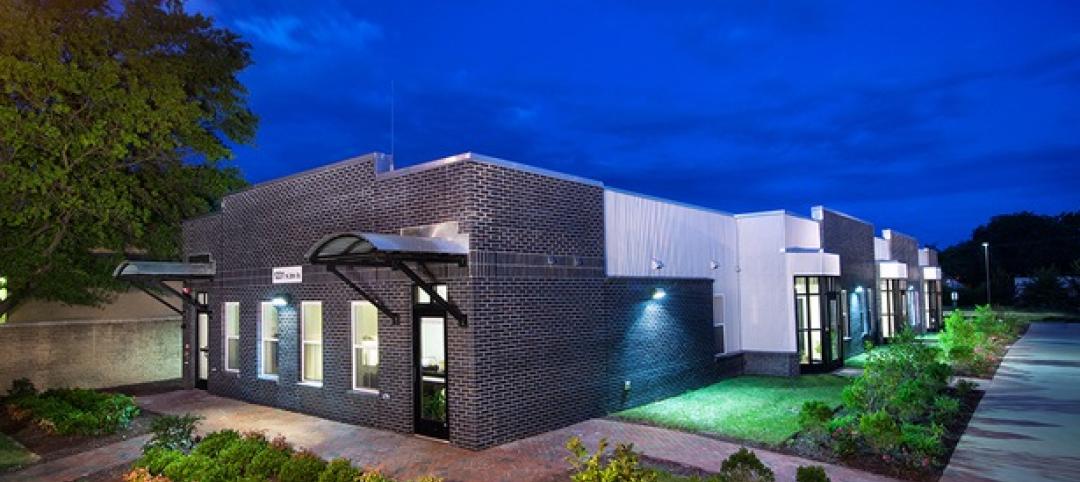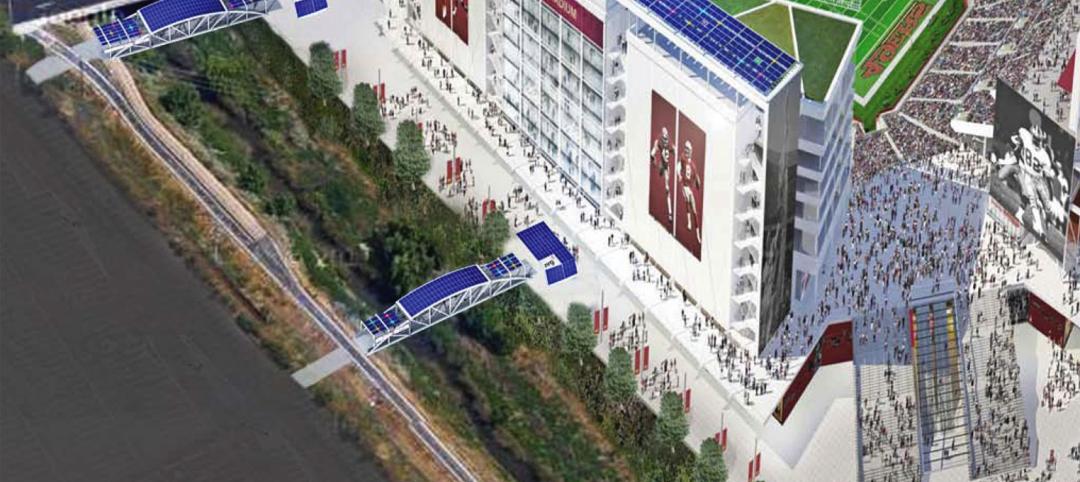Green building has not gotten as much traction as it should, given its many benefits, writes Lance Hosey, Chief Sustainability Officer with RTKL.
Despite reports that LEED-certified buildings can cut greenhouse gas emissions and water consumption by half, while costing 25% less to operate, only about 1% of the U.S. building stock is green. Hosey attributes this situation to six misperceptions about sustainable design:
1. Myth: Sustainability Equals Environmentalism. Reality: Green design is not just for tree huggers. It also produces economic value.
2. Myth: Sustainability Equals Technology. Reality: Sustainability is not just about solar panels and wind turbines.
3. Myth: Sustainable Design Costs Too Much. Reality: Today, LEED-certified buildings can be built at the same cost or even lower cost than conventional construction.
4. Myth: Sustainable Design Takes More Time. Reality: Integrated design, which brings together a project's key stakeholders, designers, consultants and contractors early to get consensus on goals, can save time by ensuring more thorough coordination and avoiding costly changes later.
5. Myth: Sustainability Isn't About Design. Reality: Green design is not just about specifications in a technical manual. For instance, decisions about a building’s shape have a significant impact on the resources needed.
6. Myth: Sustainable Design Isn't Beautiful. Reality: The look and feel of design are essential to sustainability. “Following the lessons of sustainability to their logical conclusion will inspire more designers to reconsider the impact of every decision, including form and image,” Hosey says.
Related Stories
| Nov 19, 2013
Top 10 green building products for 2014
Assa Abloy's power-over-ethernet access-control locks and Schüco's retrofit façade system are among the products to make BuildingGreen Inc.'s annual Top-10 Green Building Products list.
| Nov 19, 2013
Net-zero senior housing project aimed at low-income residents in Virginia
A big driver to achieve net-zero was to offer affordable housing with reduced energy costs for low-income seniors.
| Nov 18, 2013
USGBC, UL Environment announce joint Environmental Product Declaration
Strategic partnership between U.S. Green Building Council and UL Environment will focus on building materials and product transparency.
| Nov 15, 2013
Greenbuild 2013 Report - BD+C Exclusive
The BD+C editorial team brings you this special report on the latest green building trends across nine key market sectors.
| Nov 14, 2013
How increased domestic energy production affects the nation [Infographic]
In light of America's new energy resources and an increased emphasis on energy efficiency, Skanska examined the trends in U.S. energy production and consumption, as well as the benefits we may incur from increased domestic energy production.
| Nov 13, 2013
Government work keeps green AEC firms busy
With the economy picking up, many stalled government contracts are reaching completion and earning their green credentials.
| Nov 13, 2013
Installed capacity of geothermal heat pumps to grow by 150% by 2020, says study
The worldwide installed capacity of GHP systems will reach 127.4 gigawatts-thermal over the next seven years, growth of nearly 150%, according to a recent report from Navigant Research.
| Nov 11, 2013
New San Francisco 49ers stadium will achieve net zero thanks to 49 large solar panels
The installation of 49 large rooftop solar panels at the 49ers new stadium outside San Francisco will help the arena achieve net-zero energy use, according to NRG, the company that installed the panels.
| Nov 8, 2013
Can Big Data help building owners slash op-ex budgets?
Real estate services giant Jones Lang LaSalle set out to answer these questions when it partnered with Pacific Controls to develop IntelliCommand, a 24/7 real-time remote monitoring and control service for its commercial real estate owner clients.
| Nov 8, 2013
S+T buildings embrace 'no excuses' approach to green labs
Some science-design experts once believed high levels of sustainability would be possible only for low-intensity labs in temperate zones. But recent projects prove otherwise.
















